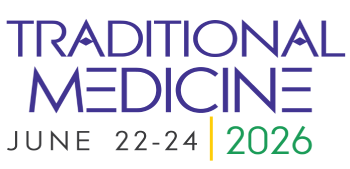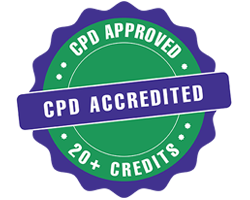Title : Endoecological intoxication of the world's population. Introduction of a new clinical indicator - "Integral blood toxicity"
Abstract:
In recent decades, the environmental conditions of human habitation have become the subject of close attention of the World Health Organization (WHO). The list of the most common and most dangerous environmental pollutants developed by the WHO includes the following substances: acrylonitrile, benzene, carbon disulfide, 1,2-dichloroethane, dichloromethane, formaldehyde, polycyclic aromatic hydrocarbons (3,4-benzopyrene) and many others. But in the air of cities there are other substances that pose a danger of developing chronic poisoning, including those that can cause long-term consequences - reproductive disorders and the development of malignant tumors. Hygienic regulation is based on the postulate: the concentration of a toxic substance below the MPC (maximum permissible concentration) is safe for humans. This is true for one-time impacts. But if the body is exposed to poisons every day, even in small concentrations, can it be considered harmless? What is the threshold of chronic action? And what if the cause of chronic poisoning is the constant and long-term use of synthetic drugs, which the doctor prescribes for life? Today, the diagnosis of «Drug-induced hepatitis» is becoming one of the diseases of modern civilization and is there a way out of this vicious circle? For the first time, we have described the phenomenon of detoxification in the process of hirudotherapy, which makes it possible to remove toxins (both endogenous and exogenous origin). Toxins circulating in the blood can cause vomiting or death in "Attached leeches" (the definition of zemstvo doctors for leeches that have passed the stage of blood-sucking). This property of attached leeches allows us to consider their behavior after blood sucking as a "Method for assessing the integral toxicity of the patient's blood" (author's definition). The accumulation of clinical material on the topic of toxicity of patients' blood made it possible to discover a number of unknown patterns and new facts. For example, if the death of leeches in a patient after blood sucking occurs at 5-6 months of treatment, this allows us to conclude that the patient's toxins are in the matrix (intercellular space). The doctor's task is to understand how the toxins got into the human body and accumulated in the matrix and how to remove them. And they could get into the matrix as a result of long-term treatment, or with chronic poisoning from the patient's environment: food, air, water, contact during work. If leeches die from the very beginning of treatment, this clearly indicates that the toxins are in the circulating blood. For example, when treated with preparations containing bivalent or ferric iron or other metals, as well as antibiotics, we will observe regurgitation of blood and their death in attached leeches. It should be noted that we will be able to observe the mentioned changes in the behavior of attached leeches only if we do not kill them, but observe them. By following the Ayurvedic rule of Ahimsa. As a result of such observation, we receive unique information and answers to the questions: 1. Does the blood of this patient have toxicity? 2. And if it does, where are the toxins located, are they in the circulating blood at the moment or are they in the matrix? To prove the above-mentioned concept, a number of clinical cases demonstrating the "Integral toxicity of patients' blood" will be cited in the presentation. And these results are extremely important when planning a pregnancy in modern women, especially those living in megacities! If we use this knowledge, we can significantly reduce the risks of giving birth to children diagnosed with "Neonatal encephalopathy of unknown etiology" (not microbial and not viral)! This problem is being discussed. And this topic is described in even more detail in the author's recently published book "COVID-19 - POSTCOVID SYNDROME". Ed. "ASTERION". SPb, 220p.




